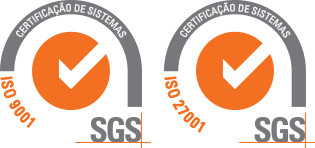
by Mauro Farracha / Performance Leader & Solution Performance Architect
The first step the doctor takes is to ask his patients to describe their symptoms so that he can define the problem, how they feel, how long the symptoms have been manifesting, so that he can better understand all the conditions that affect the patient.
The same applies at Crossjoin when we engage in a new challenge, we need to understand and ask the same questions that a doctor would ask, but in relation to a specific business system or process so that we can have a clear picture of what the problem is, how it manifests itself, when and where it happens and, most importantly, what is the goal or objective we need to achieve.
The second step is to examine the patient. Based on experience, a doctor may have leads to follow and, based on them, will prescribe tests to validate and confirm the symptoms described, matching a specific disease based on the outcome of these tests. But there are times when diseases manifest rare symptoms that are difficult to identify at first glance and due to the nature of our complex body, a doctor needs to perform a full health check-up on our body from top to bottom (heart, lungs, blood tests, CT scan, etc.) in order to have as many facts as possible to enable him to get the right answer.
A Performance Architect at Crossjoin performs similar tasks and thrives on similar missions, (collect, measure, monitor, and analyze system data) to confirm a specific problem, or support a complete top-down systems audit to analyze complex distributed systems in order to be able to identify the root cause of manifested symptoms.
The third step is to diagnose the patient. With all the data collected from several exams, the doctor then prescribes the right medicine to cure the patient’s disease.
Based on similar principles, a performance architect recommends a specific set of actions, from configuration changes, code corrections, better architecture designs, etc., to solve our clients’ most challenging performance requests to switch from “system is slow” to “system has never been faster”.
The final step is confirmation and control. The patient returns to his doctor to confirm that the prescribed drug was successful and that he is better now than ever. It’s also important to monitor the progress of his recovery to ensure if more tests or medications are needed so that he can stay healthy.
And that’s why we call ourselves the IT Doctors.






Recent Comments